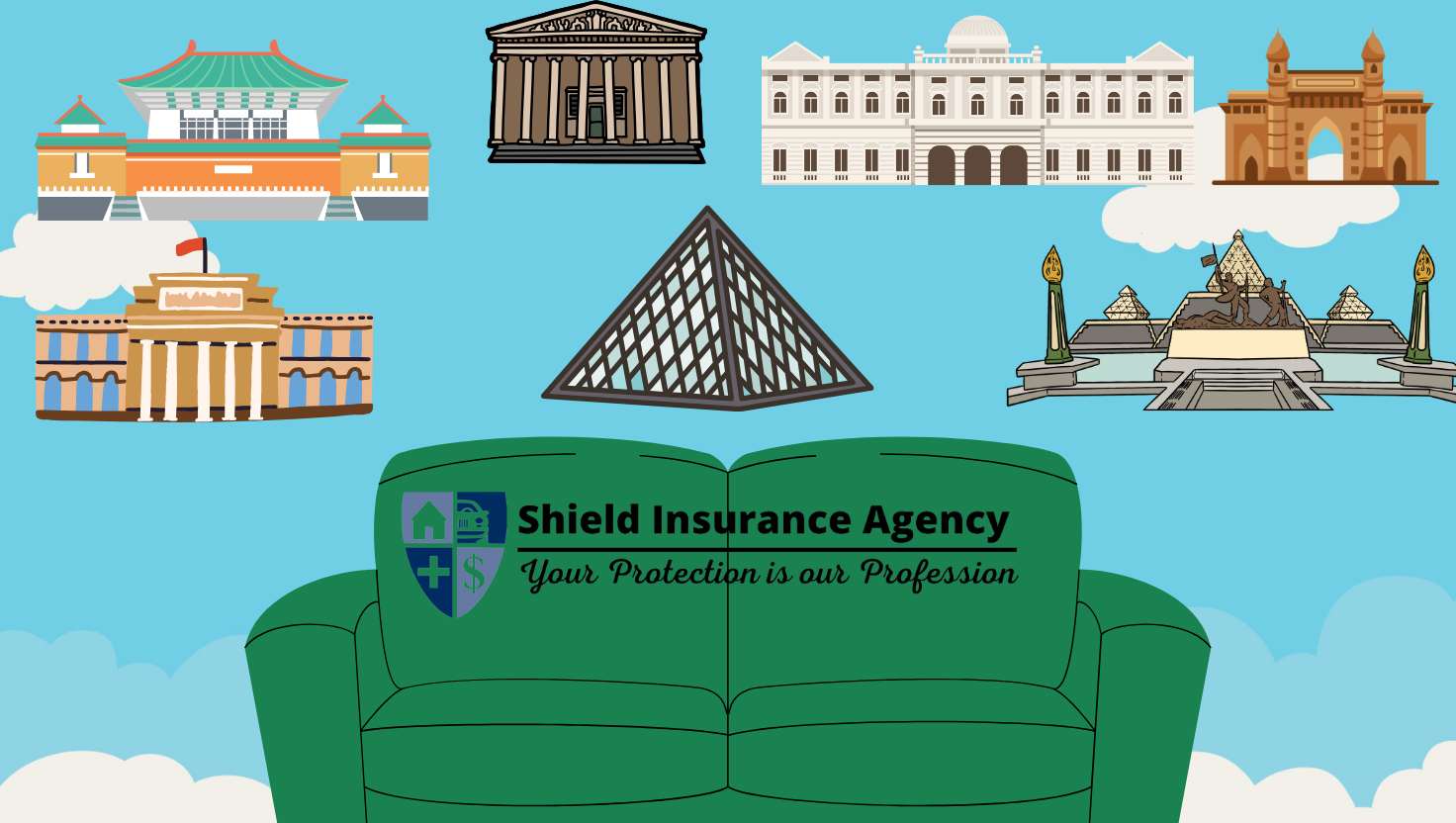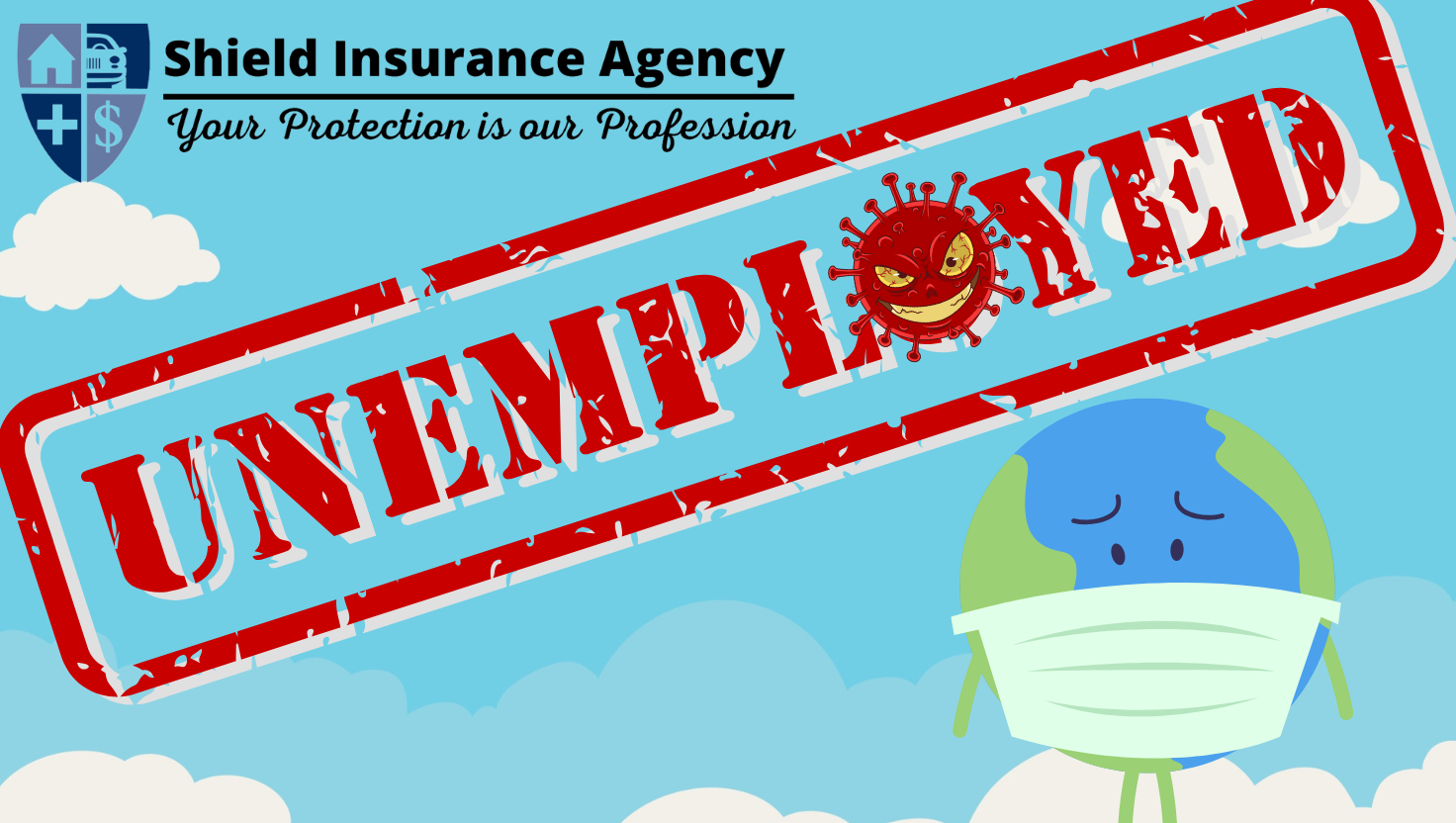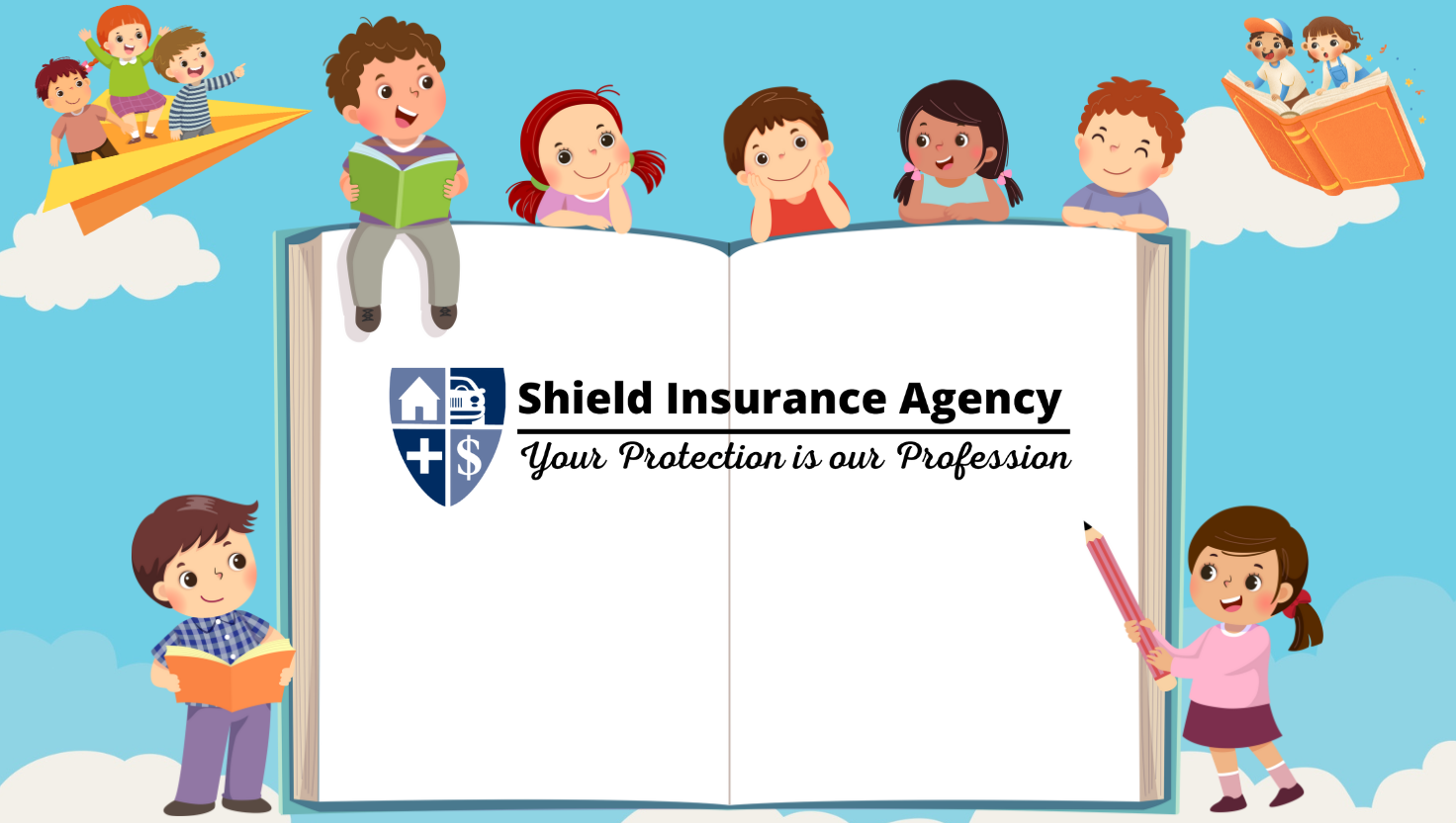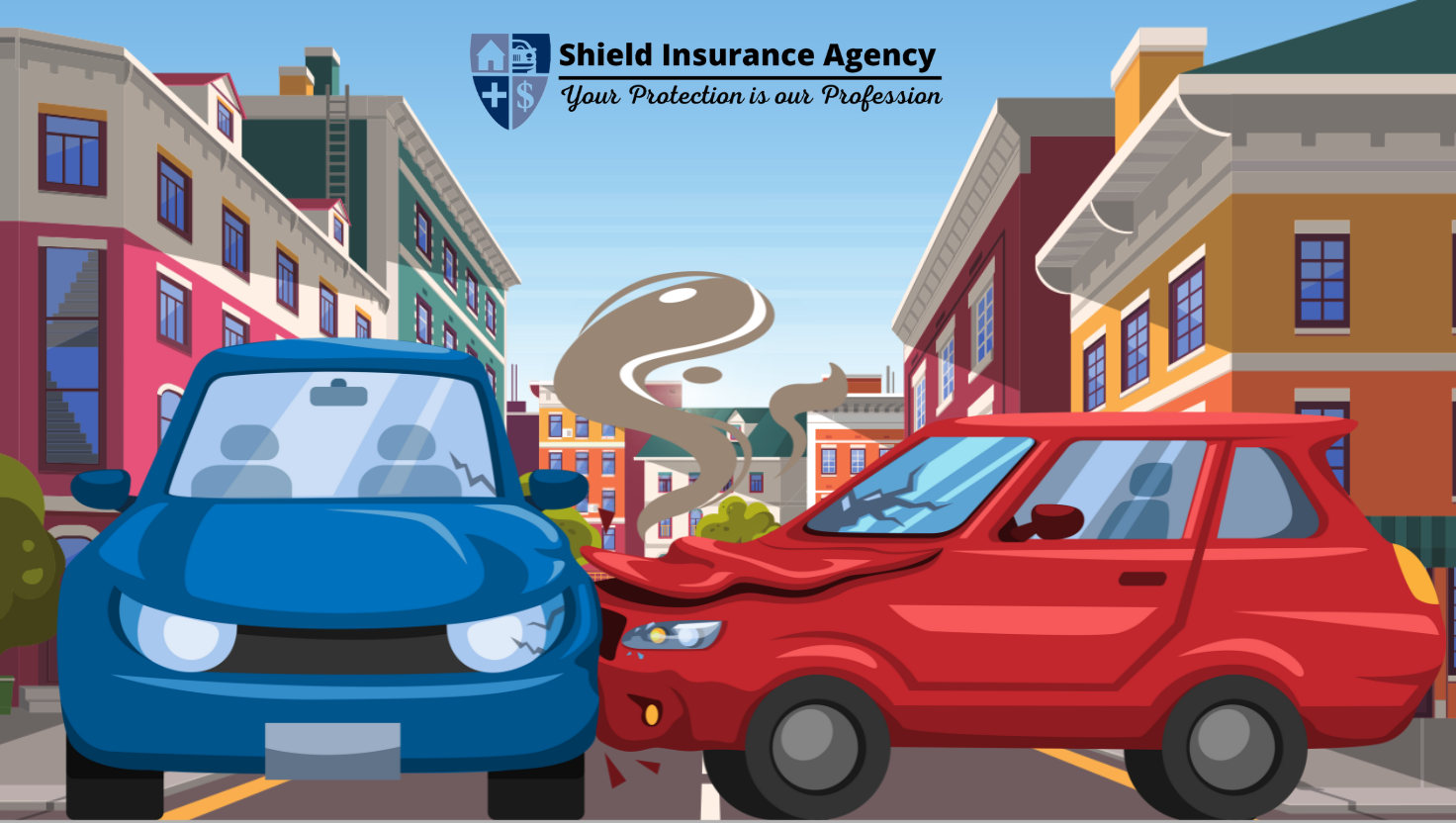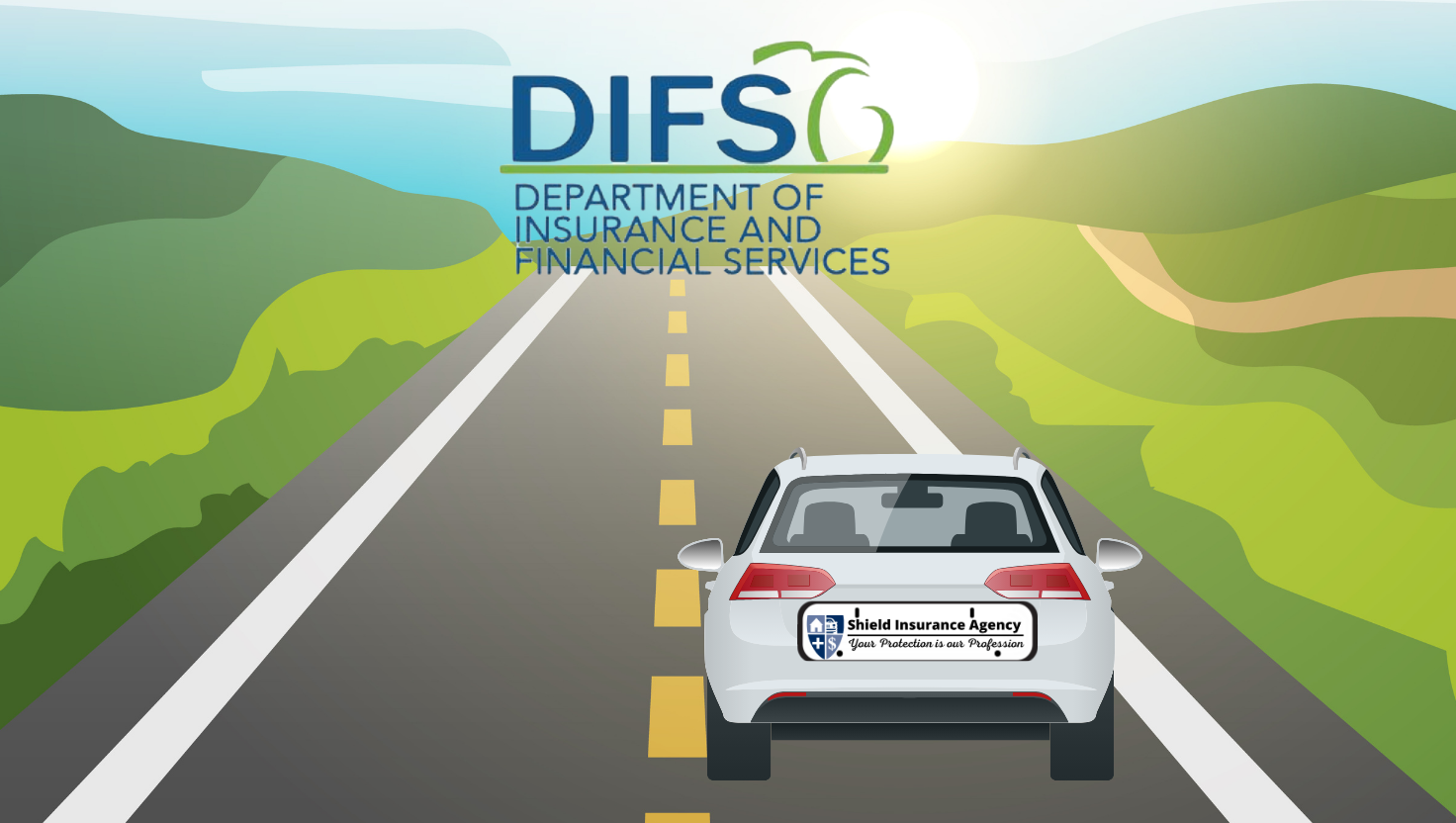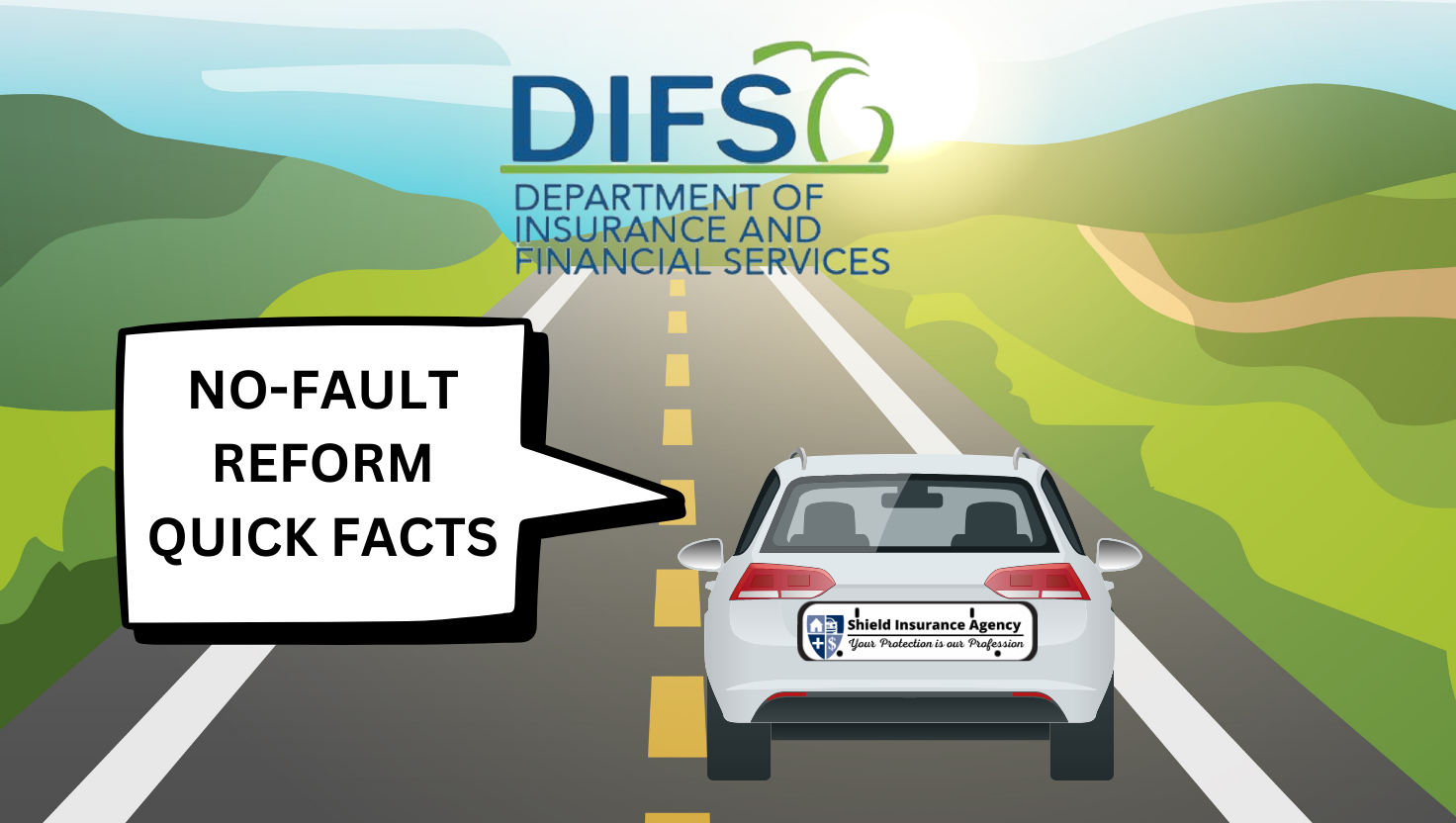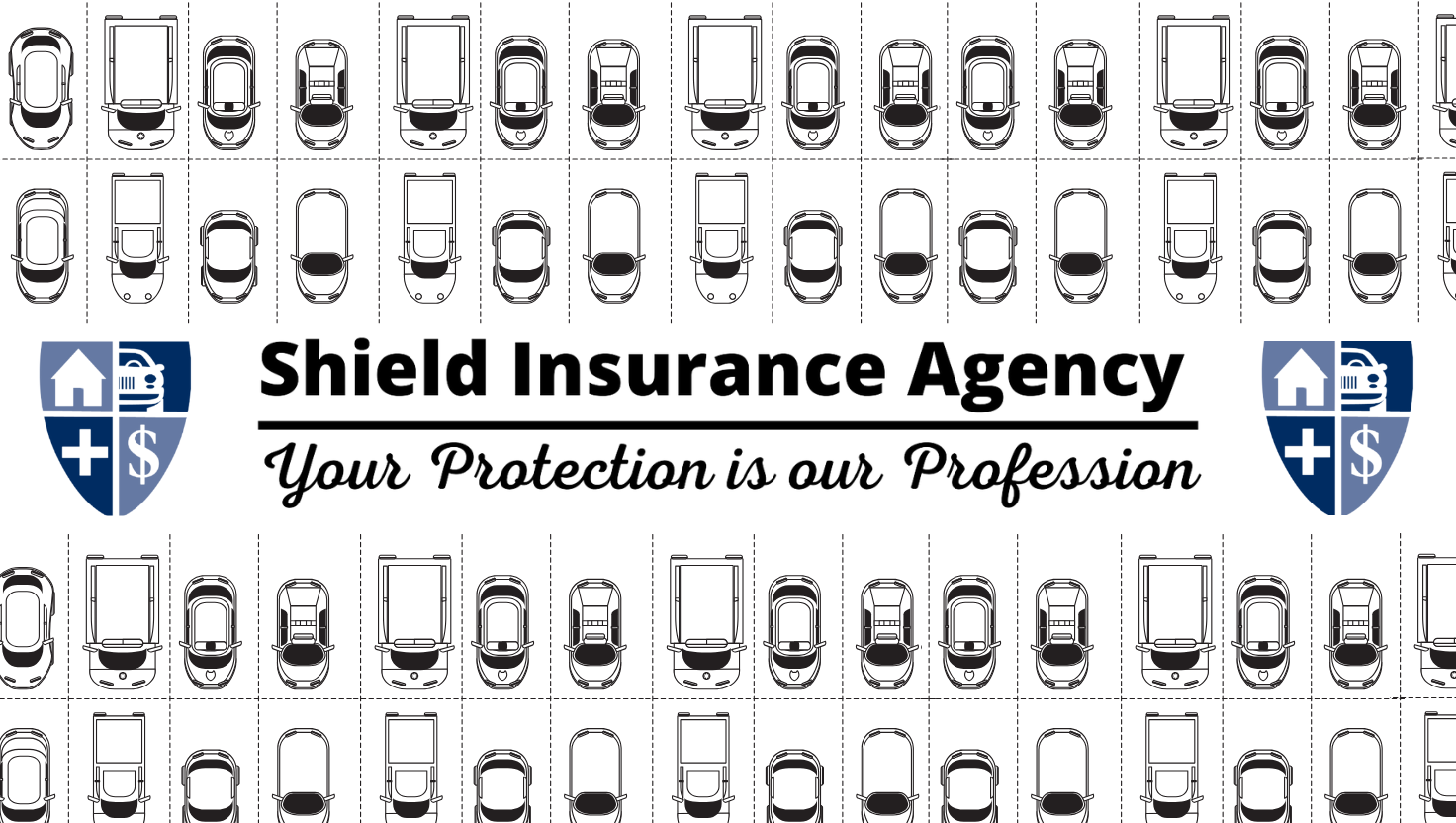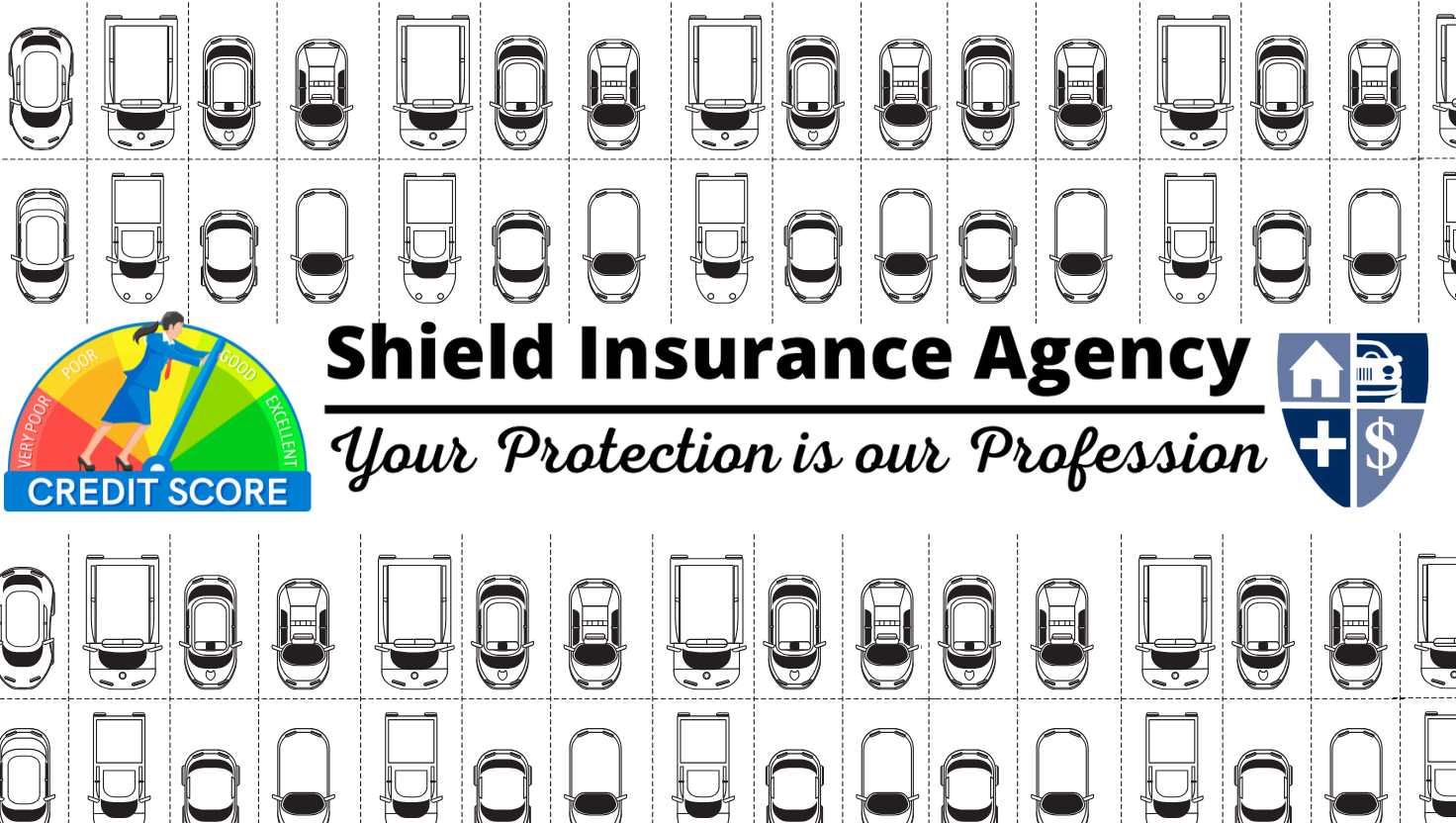Famous Museums offer so much! Going into a self-quarantine can have many complex issues and complications beyond having enough food and supplies for two weeks. In terms of entertainment, it also probably means you’re in for a lot of boredom, a lot of Netflix, and a lot of browsing the internet.
But there is a way to get a little culture and education while you’re confined to your home. According to Fast Company, Google Arts & Culture teamed up with over 2500 museums and galleries around the world to bring anyone and everyone virtual tours and online exhibits of some of the most famous museums around the world.
Now, you get “go to a Famous Museum” and never have to leave your couch.
Google Arts & Culture’s collection includes the British Museum in London, the Van Gogh Museum in Amsterdam, the Guggenheim in New York City, and literally hundreds of more places where you can gain knowledge about art, history, and science. This collection is especially good for students who are looking for ways to stay on top of their studies while schools are closed.
Take a look at just some of Google’s top museums that are offering online tours and exhibits. Museums around the world are also sharing their most zen art on social media to help people cope with staying home. And if that’s not enough culture for you, New York’s Metropolitan Opera will be offering free digital shows every night at 7:30 p.m. Now you can even go “outside” with incredible virtual tours of some of America’s best national parks.
British Museum, London
This famous museum located in the heart of London allows virtual visitors to tour the Great Court and discover the ancient Rosetta Stone and Egyptian mummies. You can also find hundreds of artifacts on the museum’s virtual tour.
Guggenheim Museum, New York
Google’s Street View feature lets visitors tour the Guggenheim’s famous spiral staircase without ever leaving home. From there, you can discover incredible works of art from the Impressionist, Post-Impressionist, Modern, and Contemporary eras.
National Gallery of Art, Washington, D.C.
This famous American art museum features two online exhibits through Google. The first is an exhibit of American fashion from 1740 to 1895, including many renderings of clothes from the colonial and Revolutionary eras. The second is a collection of works from Dutch Baroque painter Johannes Vermeer.
Musée d’Orsay, Paris
You can virtually walk through this popular gallery that houses dozens of famous works from French artists who worked and lived between 1848 and 1914. Get a peek at artworks from Monet, Cézanne, and Gauguin, among others.
National Museum of Modern and Contemporary Art, Seoul
One of Korea’s famous museums can be accessed from anywhere around the world. Google’s virtual tour takes you through six floors of Contemporary art from Korea and all over the globe.
Pergamon Museum, Berlin
As one of Germany’s largest museums, Pergamon has a lot to offer – even if you can’t physically be there. This historical museum is home to plenty of ancient artifacts including the Ishtar Gate of Babylon and, of course, the Pergamon Altar.
Rijksmuseum, Amsterdam
Explore the masterworks from the Dutch Golden Age, including works from Vermeer and Rembrandt. Google offers a Street View tour of this iconic museum, so you can feel as if you’re actually wandering its halls.
Van Gogh Museum, Amsterdam
Anyone who is a fan of this tragic, ingenious painter can see his works up close (or, almost up close) by virtually visiting this famous museum – the largest collection of artworks by Vincent van Gogh, including over 200 paintings, 500 drawings, and over 750 personal letters.
The J. Paul Getty Museum, Los Angeles
European artworks from as far back as the 8th Century can be found in this California art museum. Take a Street View tour to discover a huge collection of paintings, drawings, sculptures, manuscripts, and photographs.
Uffizi Gallery, Florence
This less well-known gallery houses the art collection of one of Florence, Italy’s most famous families, the de’Medicis. The building was designed by Giorgio Vasari in 1560 specifically for Cosimo I de’Medici, but anyone can wander its halls from anywhere in the world.
MASP, São Paulo
The Museu de Arte de São Paulo is a non-profit and Brazil’s first modern museum. Artworks placed on clear perspex frames make it seem like the artwork is hovering in midair. Take a virtual tour to experience the wondrous display for yourself.
National Museum of Anthropology, Mexico City
Built in 1964, this museum is dedicated to the archaeology and history of Mexico’s pre-Hispanic heritage. There are 23 exhibit rooms filled with ancient artifacts, including some from the Mayan civilization.
Sadly, not all popular art museums and galleries could be included in Google Arts & Culture’s collection, but some museums are taking it upon themselves to offer online visits. According to Fast Company, the Louvre also offers virtual tours on its website.
To see more of Google Arts & Culture’s collection of museums, visit the collection’s website. There are thousands of museum Street Views on Google as well. Google Arts & Culture also has an online experience for exploring famous historic and cultural heritage sites.





